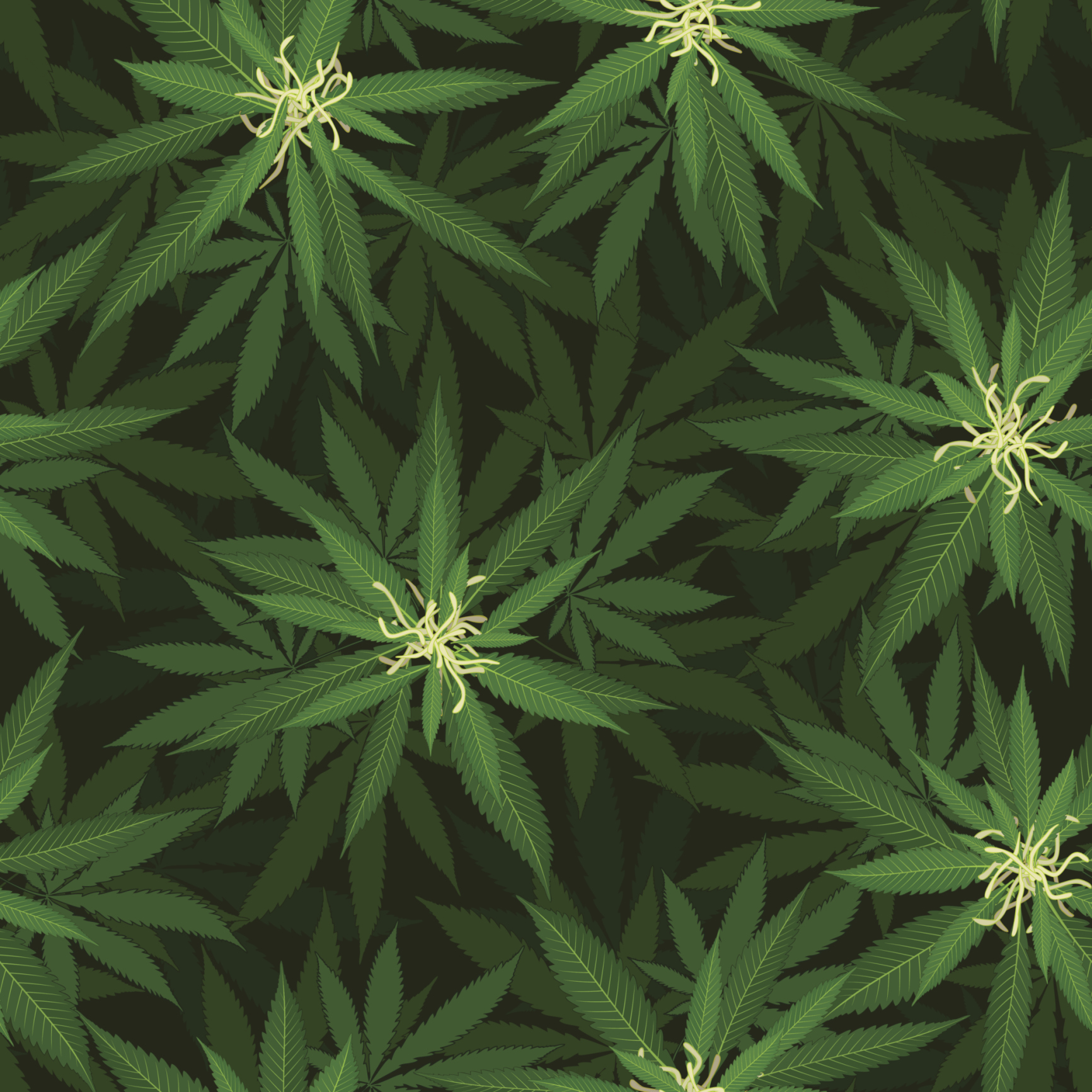
One side effect of the booming legal marijuana industry is the high demand for electricity to support the indoor cultivation of cannabis. While indoor cultivation may once have been a preferred method to grow marijuana away from the prying eyes of the law, it continues to be popular because it offers better security for the plants, better control of the product and higher yields due to multiple harvests. All those benefits come at a cost, and the cost is in electricity use.
According to a 2011 study, the cost of electricity to support marijuana cultivation in the U.S. reached $6 billion. That’s six times the energy demand for the U.S. pharmaceuticals industry and eight times the amount of energy use per square foot for an average commercial building. Marijuana cultivation consumes up to 1% of all U.S. electricity. And in California, where medicinal marijuana use is legal but recreational use is not, cannabis cultivation consumes 3% of all the electricity in the state.
The demand for electricity not only stresses the electric power grid in some states, it contributes significantly to carbon emissions. Bloomberg reported Monday that the facilities in the 23 states and the District of Columbia where marijuana use is legal add almost as much greenhouse-gas emissions as do all the cars, homes and businesses in the state of New Hampshire. In Colorado, where recreational marijuana use is legal, pot growers consume as much electricity as 35,000 homes, and in California electricity consumption is equal to the amount used in 1 million homes.
Moving more cultivation outdoors has its own problems. Deforestation and the use of public lands have led to serious damage to parks, rivers and lakes, particularly in California. Unregulated use of pesticides and rodenticides is reportedly poisoning wildlife and overuse is polluting rivers. Illegal water diversions to slake the thirsty plants reduce water flow and have caused low-water (“dewatering”) conditions downstream.
Many of the practices of cannabis growers are the result of the plant’s long history of being illegal. When something is illegal by definition, then no effective regulatory framework can be imposed to stop bad practices. The focus, instead, is on eradication.
With marijuana now legal in nearly half the states, and more states looking at legalization in the 2016 election year, state and local governments have been most concerned with keeping cannabis out of the hands of minors and maximizing revenues through taxes. Those concerns are certainly valid, but governments also will need to address the so-called negative externalities like increased greenhouse-gas emissions and water use. Those externalities add to the price we all pay for burning hydrocarbons to drive our cars and heat our homes.
For more details, this 2011 study by Evan Mills is essential, as is a more recent study by Gina S. Warren.
Want to Retire Early? Start Here (Sponsor)
Want retirement to come a few years earlier than you’d planned? Or are you ready to retire now, but want an extra set of eyes on your finances?
Now you can speak with up to 3 financial experts in your area for FREE. By simply clicking here you can begin to match with financial professionals who can help you build your plan to retire early. And the best part? The first conversation with them is free.
Click here to match with up to 3 financial pros who would be excited to help you make financial decisions.
Thank you for reading! Have some feedback for us?
Contact the 24/7 Wall St. editorial team.
 24/7 Wall St.
24/7 Wall St.


